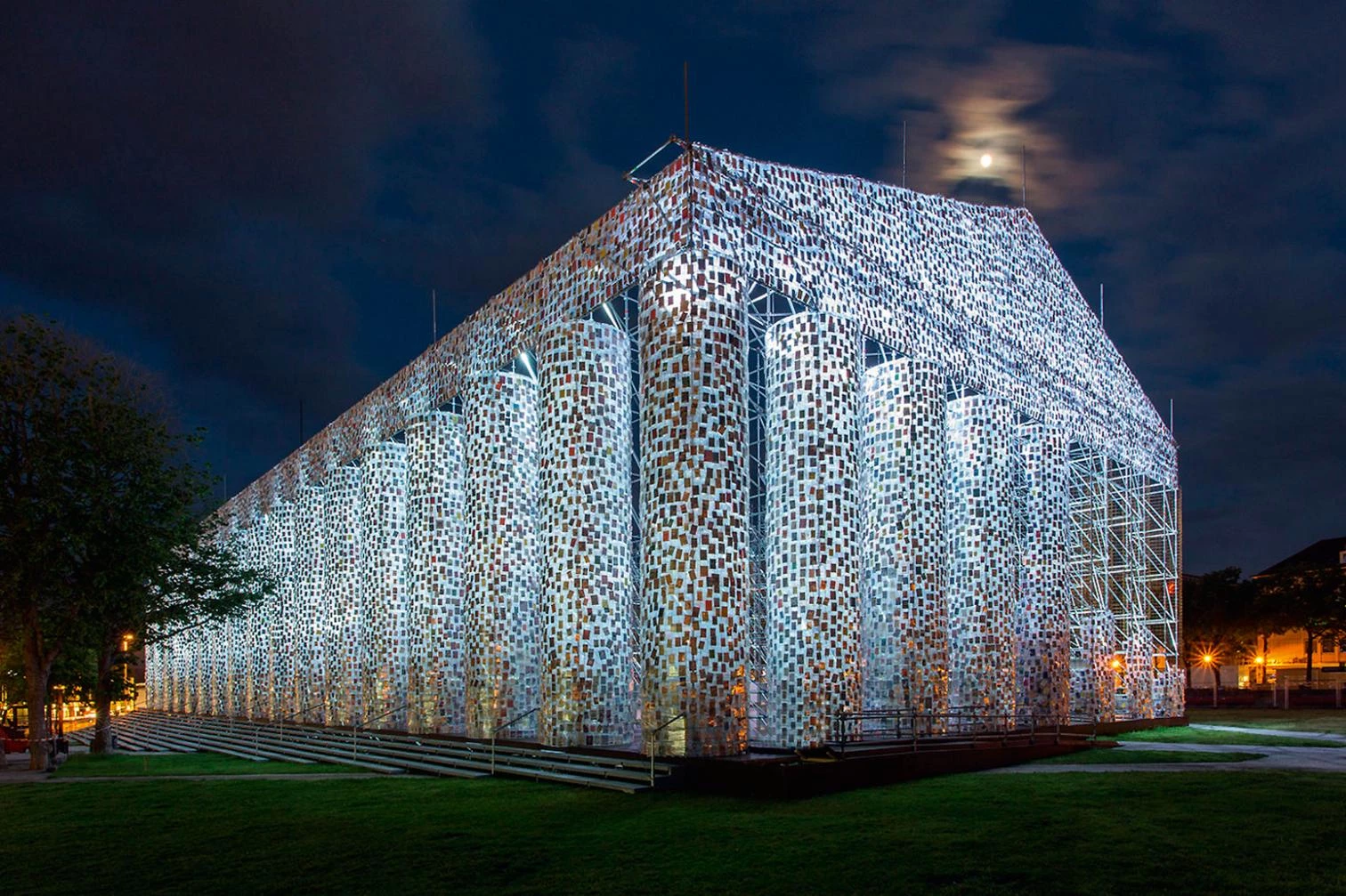
The first ‘documenta,’ organized in Kassel as a branch of a horticultural show, was held in 1955 with the purpose of acquainting the public with what the Nazis had banished as ‘degenerate art.’ It quickly became something else. Held every five years, documenta Kassel ended up having a golden age, the 1970s and 1980s , during which it was the quintessential organ of the avant-gardes and also the largest ephemeral museum of contemporary art.
However, the at once standardizing and transgressive force of documenta has weakened over the years, and among the most recent cycles, few have managed to awaken true interest. A possible exception would be the current documenta, the 14th, directed by the Polish art critic and curator Adam Szymczyk, which has been successful both in number of visitors and in positive critiques. The success can be attributed to its theme – rebuilding the public sphere after the economic and democratic crisis – but also to the unprecedented sharing of venue, on an equal footing, with Athens (Athens from 8 April to 16 July, Kassel from 10 June to 17 September). What this does is put art right in the symbolic heart of contemporary problems: from the democratic failure of modern Greece to the refugee crisis, Brexit, Trump, and other populisms... These themes will be debated upon in the course of the 100 days that the exhibition is on view and which already have a symbol: the Parthenon of books conceived by the artist Marta Minujín as a tribute to the best of the Western past.





